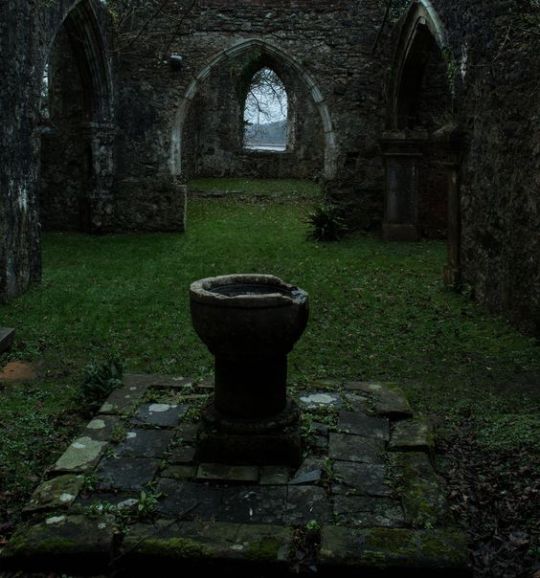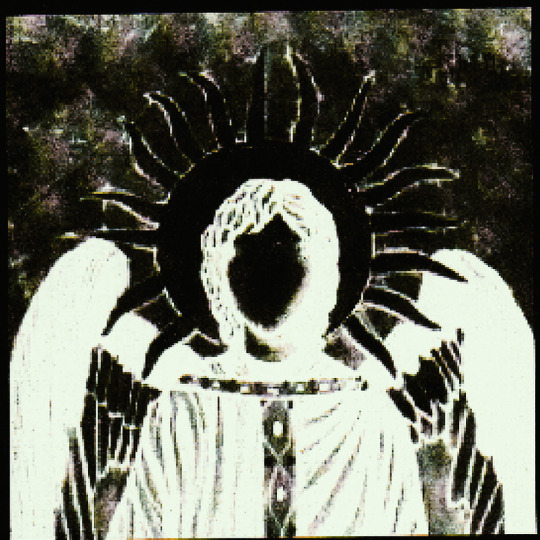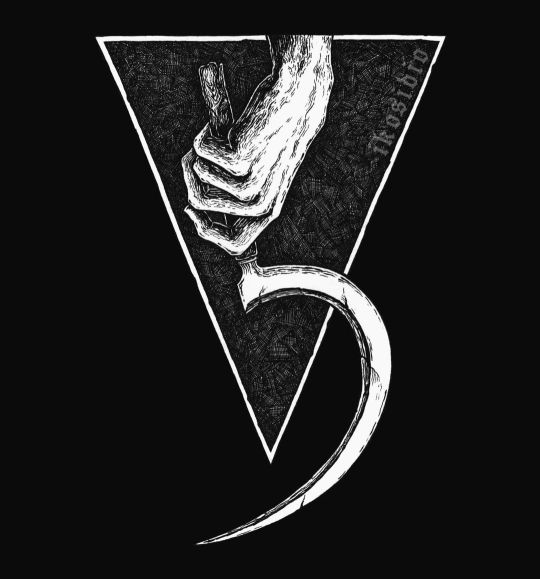Photo
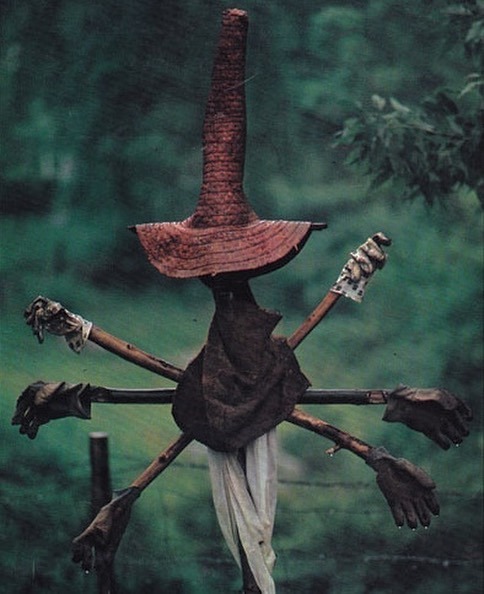
From ‘Ephemeral Folk Figures: Scarecrows, Harvest Figures, and Snowmen’ by Avon Neal, 1969
12K notes
·
View notes
Text

The Morrígan
Celtic goddess of war, fate, the cycle of life and death, rebirth, sovereignty, wisdom, prophecy, destruction, bloodshed, fertility, and fresh waters
The Morrígan (also called Morrigu) has her name translate from Irish as ‘Great Queen’. This name is a key to her nature, showing that sovereignty and queenship are core aspects of her identity and power. Though some scholars have given the name an alternate etymology, translating it as ‘Phantom Queen’. As one of the Celtic sovereignty Goddesses, The Morrígan has an association with the land itself, and the rulership and protection of the land and its people. A recent belief has risen from Wicca claiming that The Morrígan is a triple goddess, but this is not so and is inaccurate to her myths. The Morrígan has several goddesses who work alongside her, but none represent the stages of one’s life, and Morrigan only appears elderly when she is presenting herself as a death omen to warriors.
The Morrígan is deeply associated in her source lore with incitement of heroes toward glory in battle, with the granting of victory, and with their deaths; in her own words, she says to the great hero Cú Chulainn, “I am guarding your death”. In battle, she takes part in the action primarily through the use of sorcery, Druidic magic, shapeshifting, terrorizing the enemy, and giving aid and strategic information to her people. She shapeshifts into many forms in her tales, including crows, ravens, cows, wolves, and eels. The Morrígan also appears as a sexual figure, offering victory and prophetic aid to her chosen war-leader. She also fulfills important roles with regard to poetry and prophecy, giving poetic incitements to the heroes of the Tuatha Dé Danann to rise to their hour of need, giving prophetic pronouncements of victory or of doom on the eve of decisive battles, and announcing the victories and the tales of great deeds afterward. She was also believed to hold the power over life and death, being able to revive fallen warriors in order to allow them to fight again.
The Morrígan is part of a group of goddesses who share similar roles: Badb Catha- the Battle Crow of destruction, Némain- frenzy and terror, and Macha- the land, fertility, protection (it is theorized that Féa was included as well). It is said that The Morrígan was so terrifying in battle, that her shrieking war-cries could frighten her enemies to death. Though despite her bloodlust and terror, The Morrígan is also deeply protective and strives to teach her followers courage, independence, and enlightenment. She is passionately heroic and never backs down, causing her to seem utterly fearless in any challenge.
In my experiences with this goddess, she is very queen-like, elegant, cunning, sarcastic, and intense. She has a deep strong energy that is also sensual and her warm, shadowy presence embraces everything around her. The Morrígan speaks in a low but sometimes commanding voice that can be intimidating to some, but she means well and is immensely wise and compassionate. Though she wishes to guide her followers to their highest potential to show them their strength, she will not hold your hand since she expects independence. Although she can be more gentle depending on what each devotee needs. She is a mysterious and fiery mother who defends all who are in need, though her wrath is not to be taken lightly. Though when at peace, Morrigan enjoys wandering the forests while lost in thought, often wearing a black dress. Appearance-wise, she has come to me in the form of a woman in her early thirties with very long black hair, piercing eyes, pronounced cheekbones, and wears either dark armour or dark clothing with raven feathers attached at her shoulders.
| Symbolism of The Morrígan |
Crows/Ravens
Cows
Wolves
Horses
Eels
Vultures
Swords
Shields
| Some of her epithets |
The Great Queen
The Phantom Queen
The Washer at the Ford
Lady of the Waters
She Who Calls to Battle
Raven Queen
Far-Seeing Sorceress
Bringer of Courage
Protectress
She Who Makes Armies Tremble
Forteller of Doom
Foremost in Battle
| Offerings |
Fruit, chocolate, black tea, red wine, whiskey, mead, crow/raven feathers or skulls, swords, daggers, blood, graveyard dirt (properly obtained), fresh water, dragon’s blood incense, red or black candles, black scrying mirrors, silver jewelry, canine teeth, vulture feathers/skulls, ashes, belladonna, bones, onyx, obsidian, garnet, bloodstone, amethyst, cream, divination tools, dead flowers, strong perfume, black/red/purple silks, black pearls, poetry, artwork, imagery of her sacred animals
2K notes
·
View notes
Photo
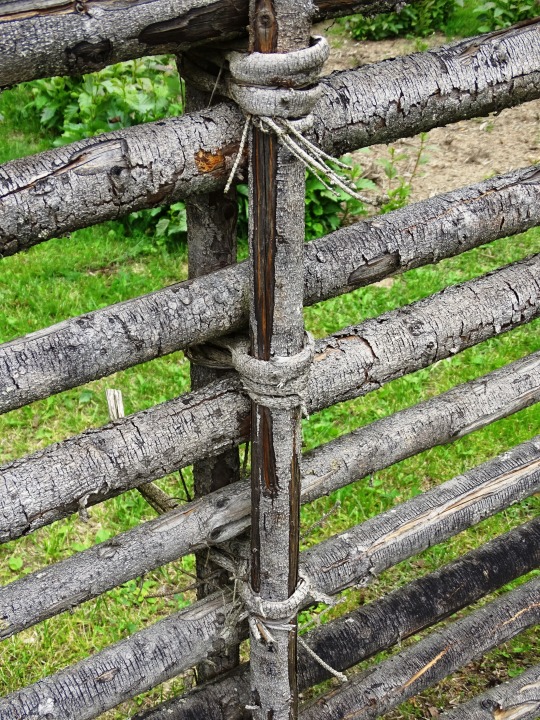
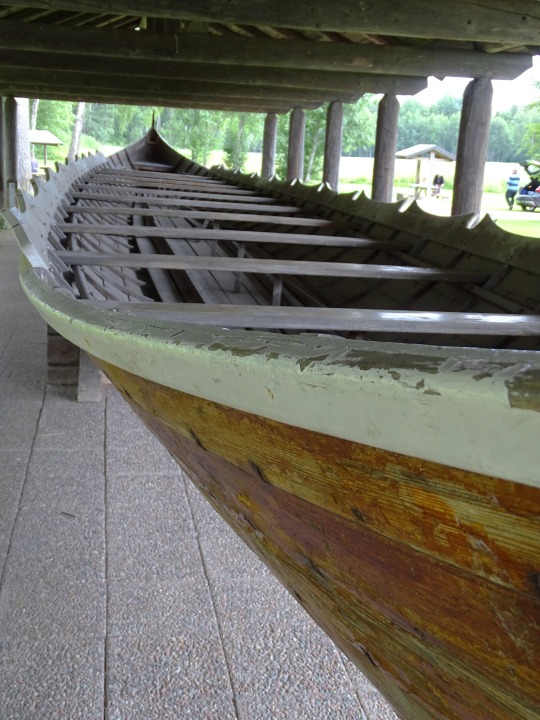
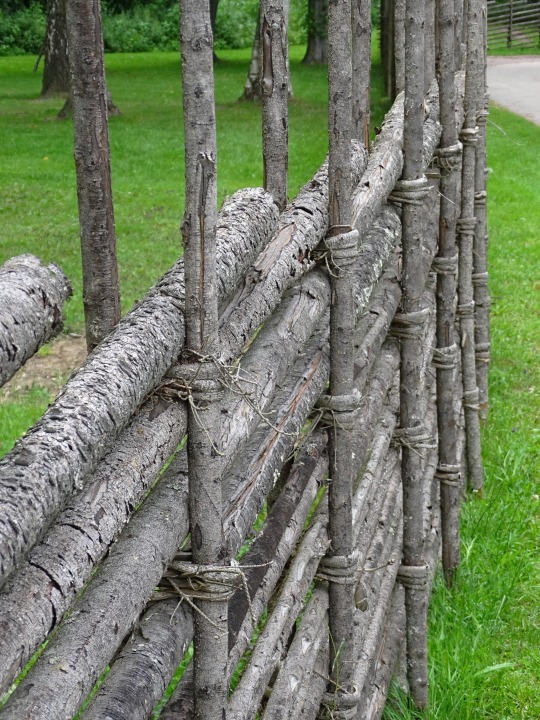


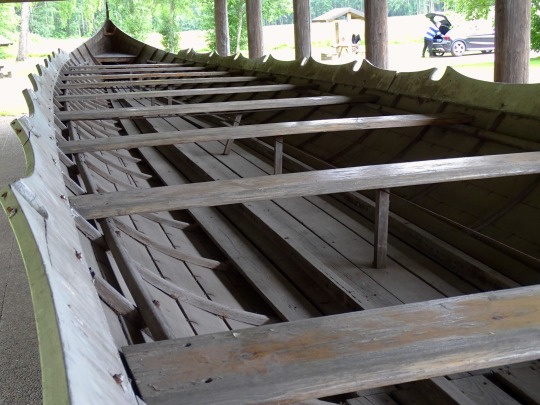


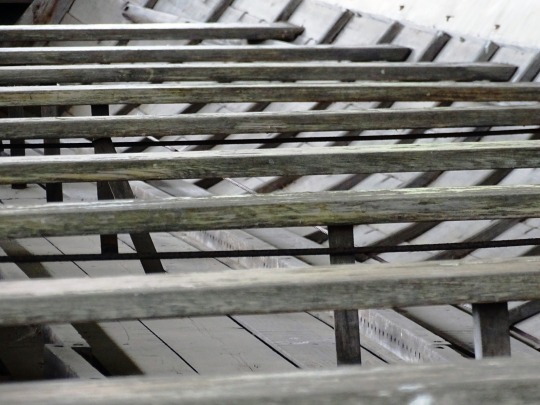
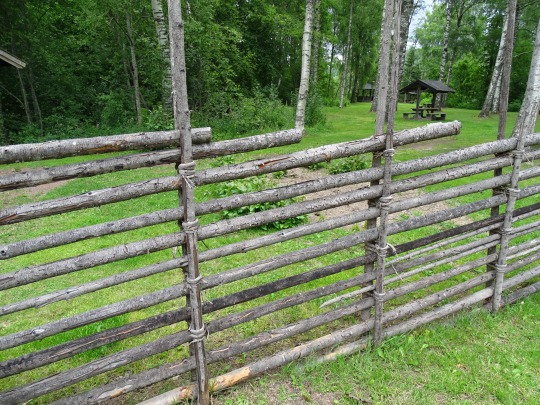
Rastplats Leksands Övermo, Sweden
The roundpole fence is a wooden fence typical to the countryside in Sweden (in Swedish: gärdesgård), Norway (in Norwegian: skigard), Finland (in Finnish: riukuaita, risuaita or pistoaita) and Estonia (in Estonian: roigasaed or teivasaed). It is normally made from unbarked and unsplit youngish trees, mostly spruce or juniper. Roundpole fences have traditionally been used as a means of fencing off animals rather than marking property boundaries.
The fence construction generally consists of 3 or 4 parts: uprights put together in pairs, round poles laid horizontally or diagonally between the two uprights, and binding cord usually made from young saplings - and sometimes also diagonal bracing. The fence is usually 1.5–2 metres tall. The fencing can also incorporate specially made stiles and gates. The fence requires an abundance of wood, which was never a problem in Scandinavia, as the trees generally came from the owners’ own forests in the process of thinning them out. The term ″roundpole fence" is somewhat misleading, as the rails between the pairs of uprights are usually split spruce logs. However, the upright poles are always round, young spruce trees with a diameter of 5 to 7 cm. For the diagonals, larger trees with a diameter up to 20 cm were split into four or eight rails of suitable dimensions. Very young saplings were used to bind the rails to the uprights, the idea being to utilize trees of different ages. In more recent times, rough sawn boards have also been used, preferably the outer boards of a log, with one curved side. The binding of saplings have also been replaced by steel wire.
The oldest known roundpole fence dates back to the Iron Age. The oldest known archeological find of a roundpole fence in Sweden was uncovered in Leksand.
Source: Wikipedia
9 notes
·
View notes
Text
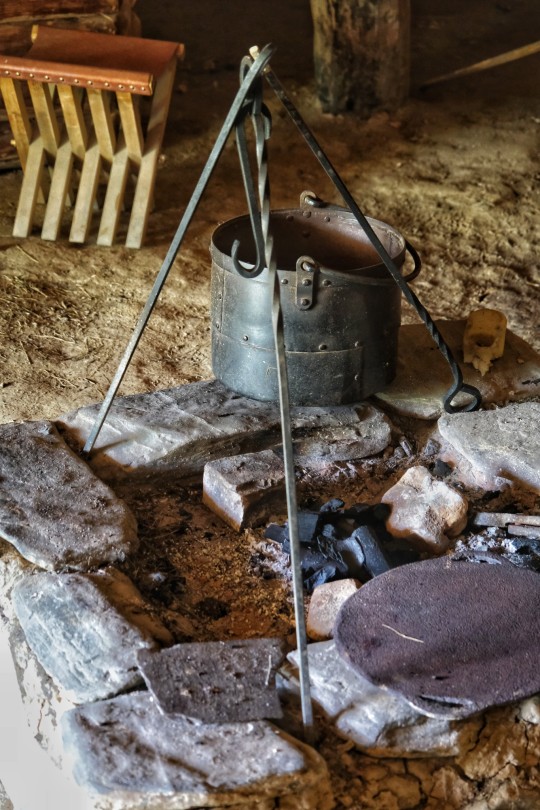
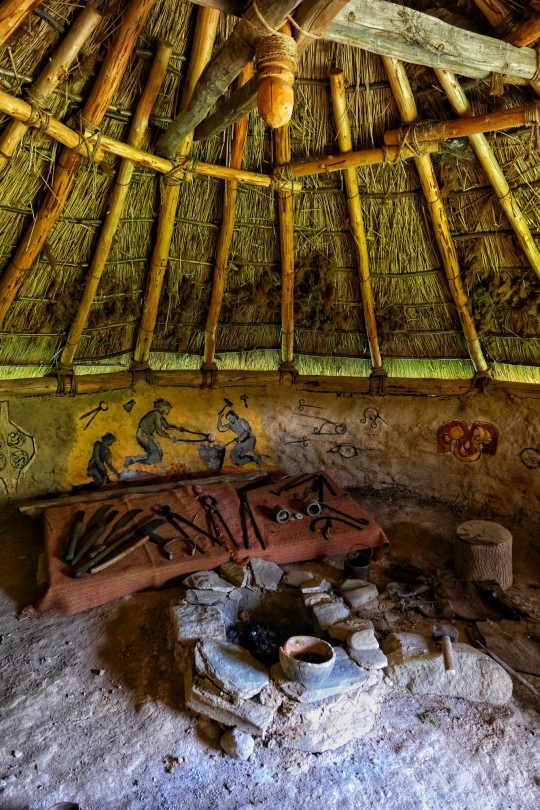
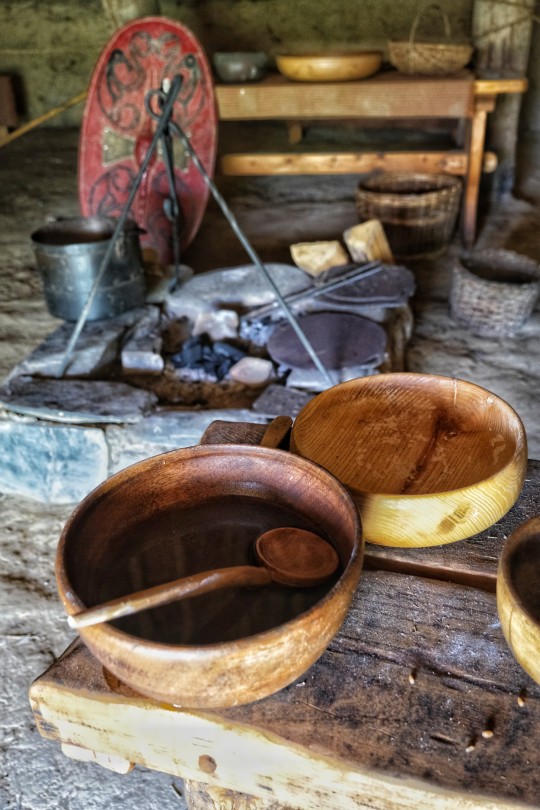

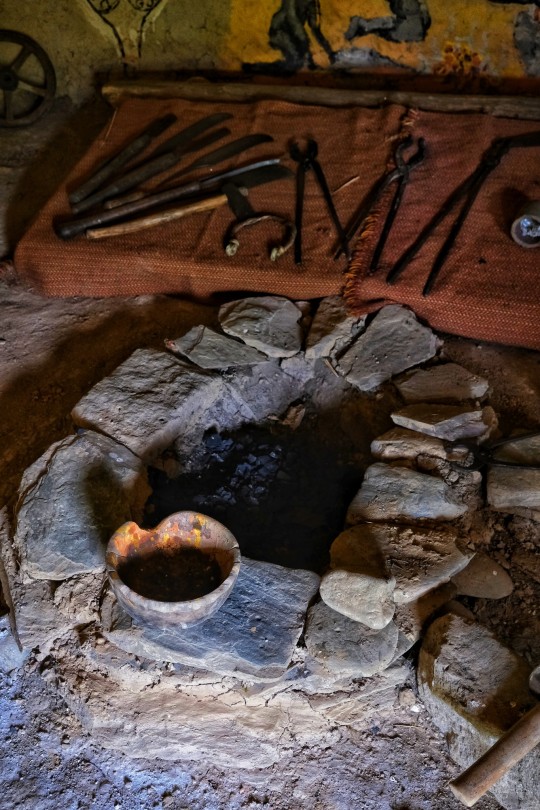

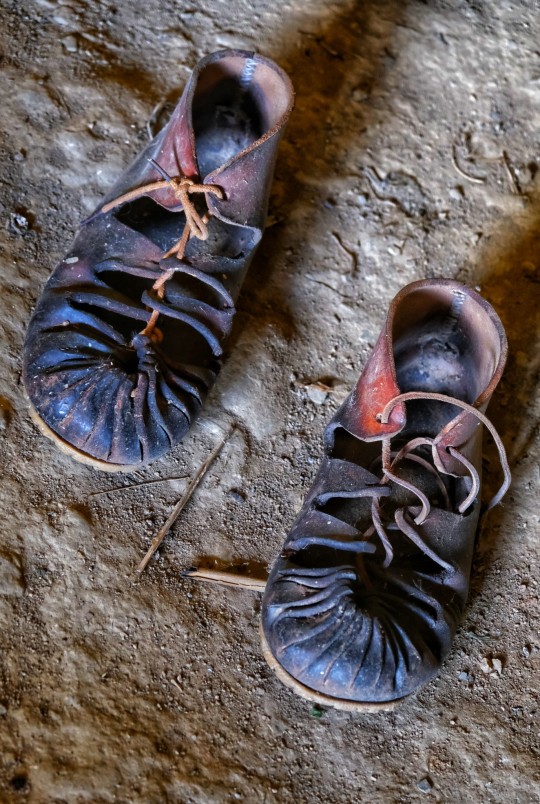

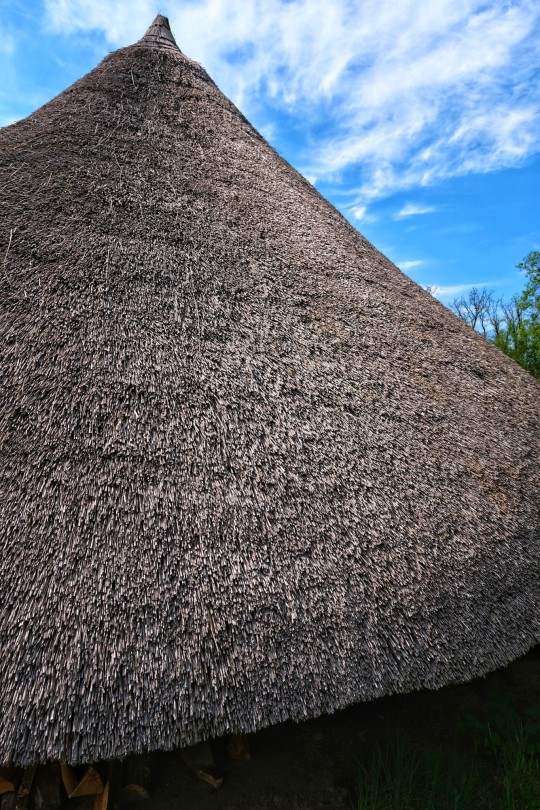

Iron Age Roundhouse Interiors Photoset 1 at Castell Henllys Settlement, Pembrokeshire, Wales.
485 notes
·
View notes
Text
stop being so afraid of opportunities that could be great for you
52K notes
·
View notes
Text
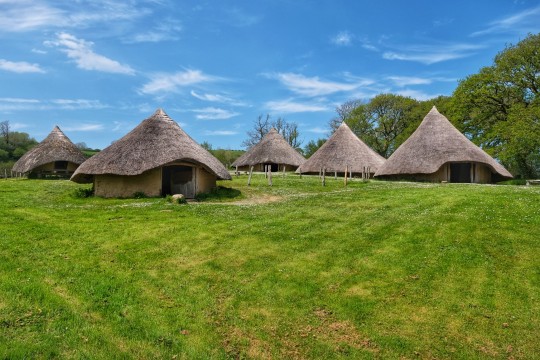

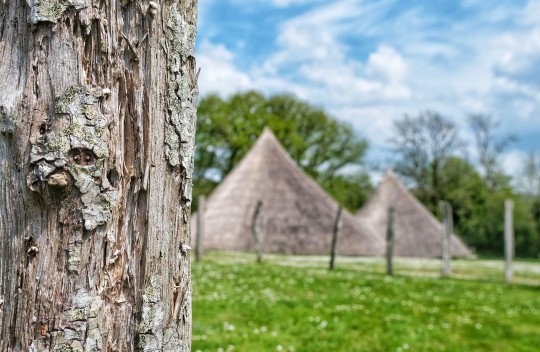

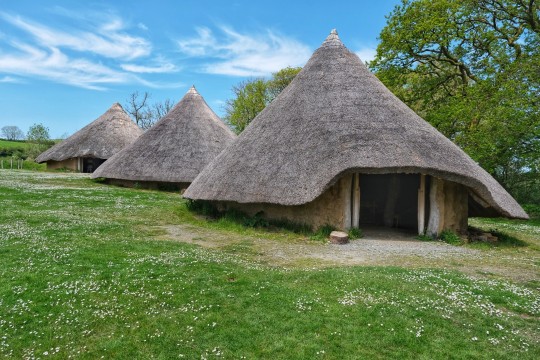

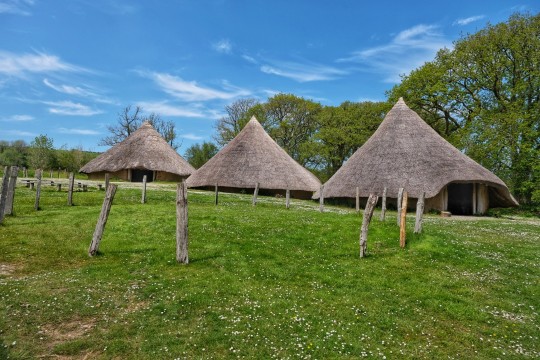
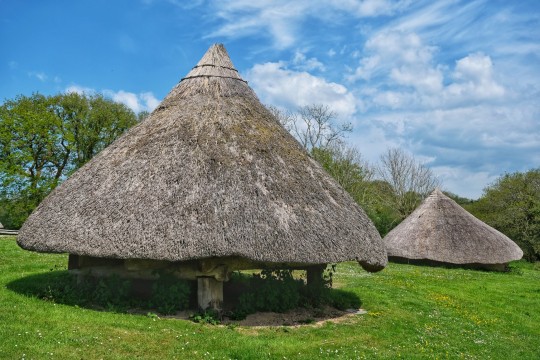
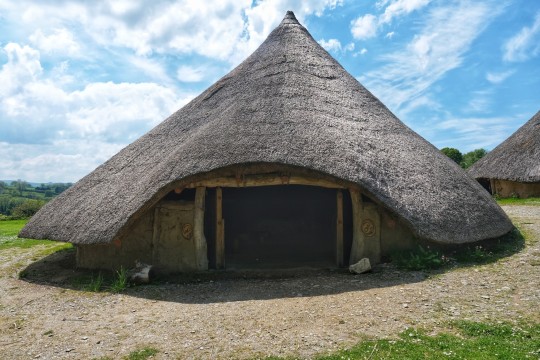
The Recreated Iron Age Settlement of Castell Henllys, Pembrokeshire, Wales.
Constructed on the site of the original Iron Age settlement.
227 notes
·
View notes
Text

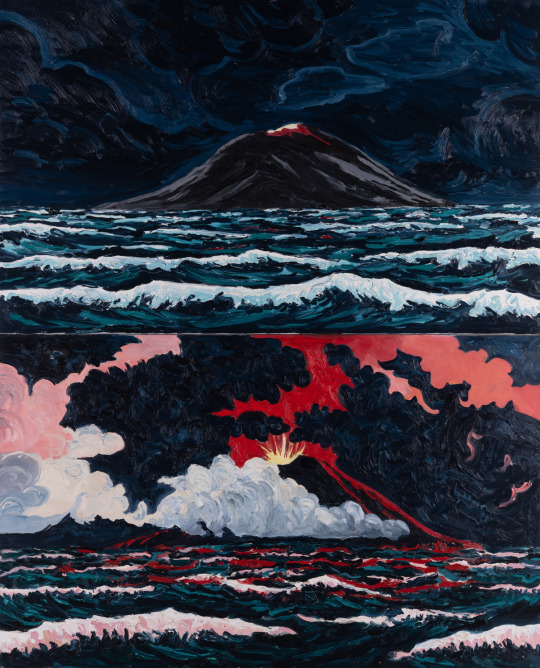
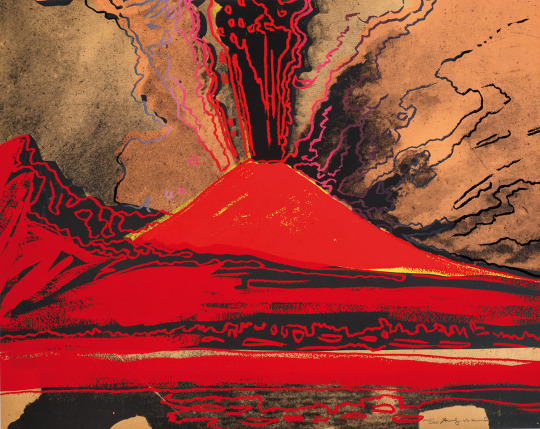
Eruption of Oldoinyo Lengai Volcano /
Richard Bosman (American, b. 1944), Volcano, 1989. Oil on two canvases, 244 x 198 cm /
Andy Warhol Vesuvius, 1985
3K notes
·
View notes
Photo

An irregular island by europeanspaceagency
306 notes
·
View notes
Text
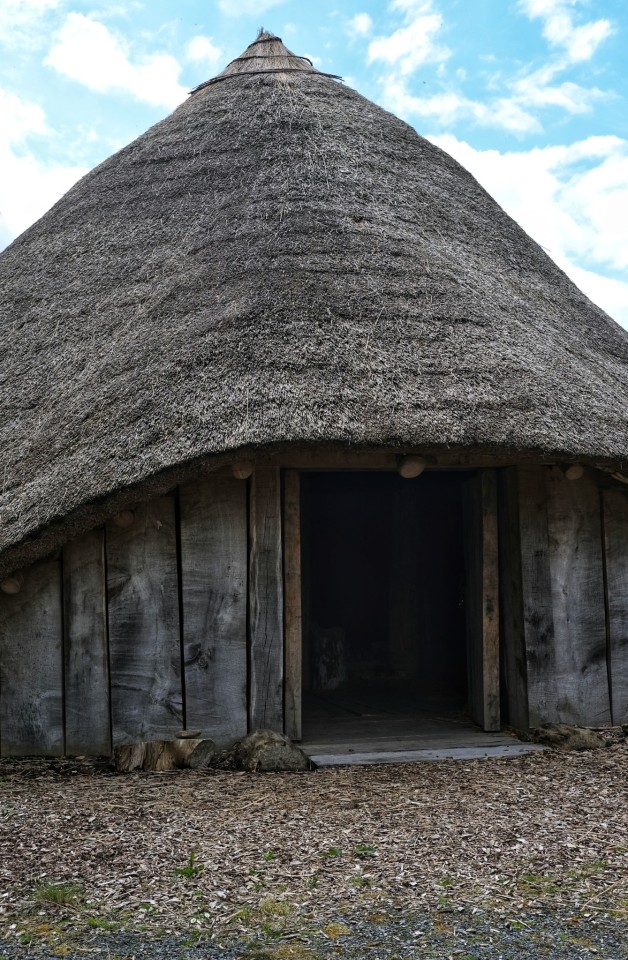



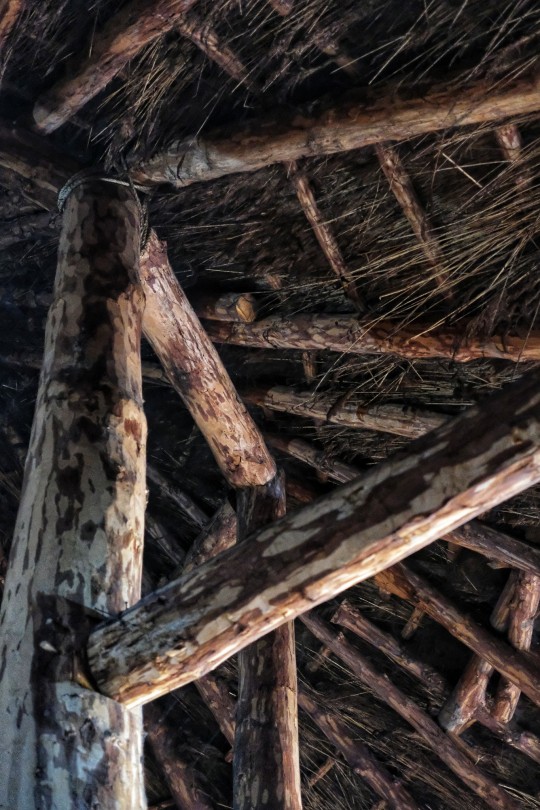
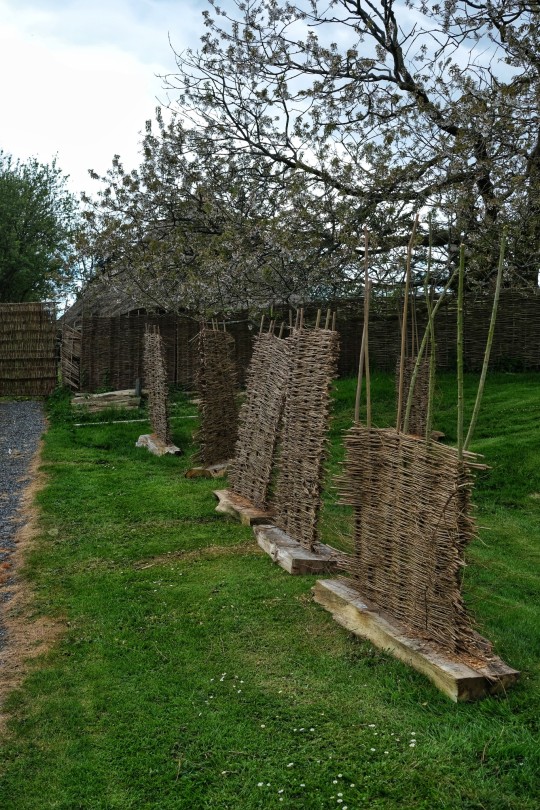

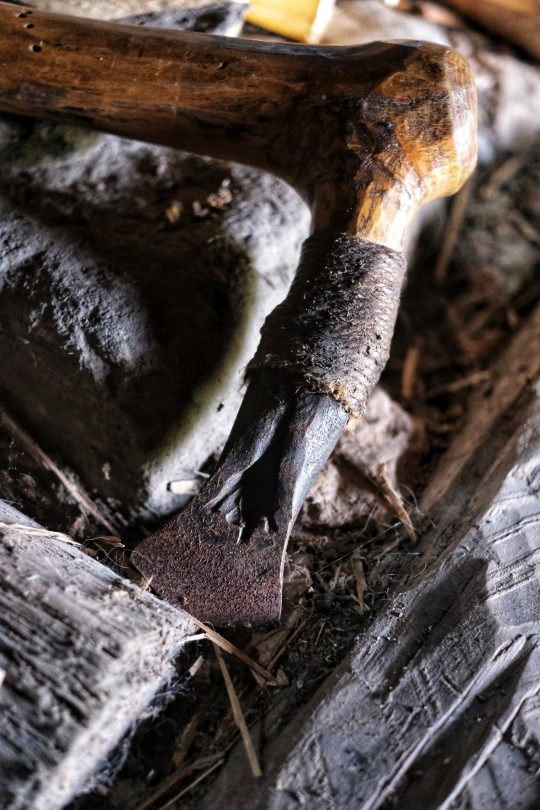


'The Whithorn Story' Prehistoric Roundhouse Recreation Photoset 2, Whithorn, Dumfries and Galloway, Scotland.
324 notes
·
View notes

